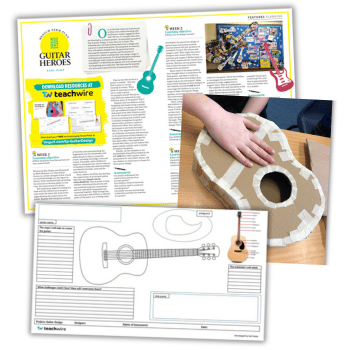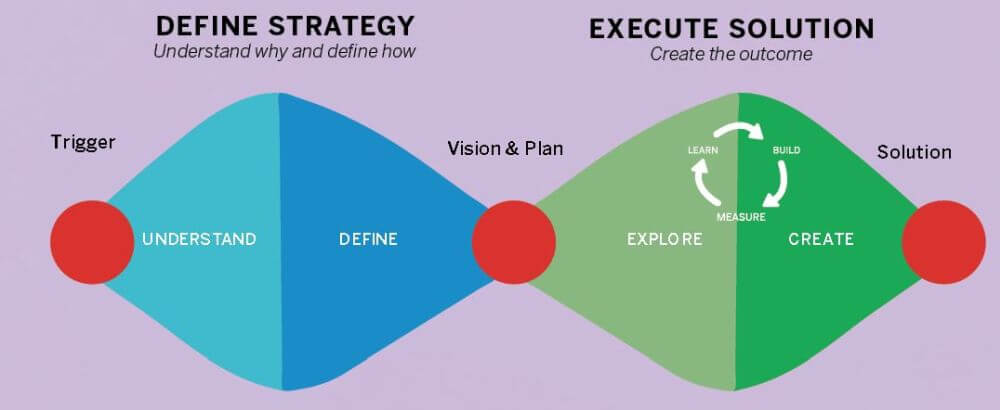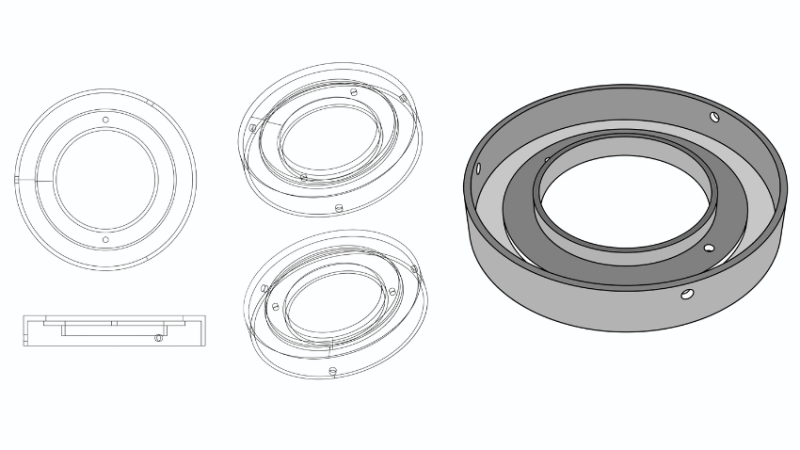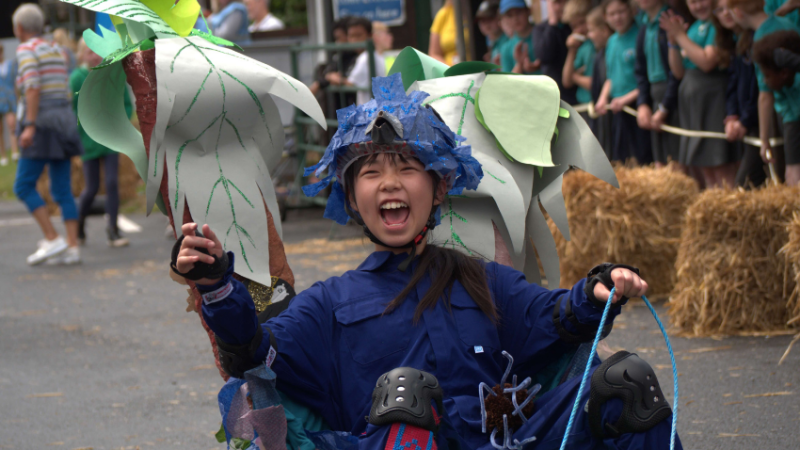Design and technology – How to design your primary curriculum

Only have an hour a fortnight to teach D&T? Here’s how to design a curriculum that will impress both Ofsted and your pupils…

- by Tony Ryan

The revised Ofsted inspection framework firmly shifted emphasis from monitoring every aspect of school delivery via mountains of senseless data to a welcome shift back to the curriculum: what we teach, why this is appropriate, how we teach it and how we assess progress.
That has to be a move in the right direction, surely? If that’s the case though, why are so many teachers and schools apprehensive around the prospect of a deep dive into the delivery of a subject?
Planning a curriculum from scratch can be a daunting prospect for the uninitiated. This is no longer a skill set that is taught, discussed and dissected as teachers train to enter the classroom.
Add to this the fact that a large number of subject coordinators for design and technology are already out of their comfort zones, given that they do not necessarily have a STEM degree to fall back on, and the discomfort starts to make sense.
The importance of vision
The national curriculum is a recipe book, not a set three-course meal. It guides you on knowledge and delivery but in no way attempts to prescribe how you present this within your school.
It should also be viewed as a minimum requirement – there’s nothing to prevent you from adding what you feel fits the context of your community and your pupils.
Armed with the information that the national curriculum provides, it’s vital to start with the context of your school, local community and pupils.
It’s essential that you carefully construct your personal vision of why this subject is important, what it can offer your pupils and how the learning that children undertake within design and technology can overlap and support, or be supported by, learning elsewhere on the curriculum.
Just how are you best going to deliver this vision? You need to work with the time that is available to you. We’d all like more time, but if an hour a fortnight is all you have available, let’s design a curriculum offer that starts with that and is so damned exciting and motivational that everyone wants more.
Think carefully about the learning, not outcomes. What do you want pupils to know, understand and be able to do by the end of a learning module? Consider which skills and personal attributes you’d like all pupils to acquire and hone.
Finally, what method of assessment (formative and summative) will you use to check that pupils really do understand the work and are making progress?
Learning, not projects
It’s far too easy to think that design and technology is simply about making things. Making is, and always will be, a key aspect of the subject, but the process is as, if not more, important than the end product. In fact, there doesn’t always have to be an end product.
The Design Council’s double diamond design process is an excellent template to use when planning learning:

Start with a problem that pupils have to explore and gain an understanding of. Next, let them define the problem in more detail – this will almost definitely involve talking to others, researching what exists already and perhaps simple modelling in cardboard, etc. Then comes an exploration of the problem.
Pupils should explore their thoughts on paper and devise more than one way to solve the problem. Then and only then do we move to the prototyping or ‘making’ stage. Fit the work around the learning rather than starting with an end in mind and working out how you can make this apply to every pupil.
You know your pupils better than any Ofsted inspector will ever have a hope of doing. A curriculum covering national curriculum requirements for a predominantly white, middle-class school in Surrey will by nature be very different from a multicultural school in Birmingham city centre.
Pick learning contexts that your pupils can relate to, and where possible bring in outside speakers and take pupils outside of the classroom (hopefully this will once again be possible in a post-Covid environment).
Try to use contexts that will make sense to your pupils while at the same time being confident enough to take them out of their comfort zones. Lead your pupils to see a range of careers that they perhaps did not previously know existed; seek to raise their aspirations.
Cross-curricular links
Design and technology is better than most subjects at taking learning from elsewhere on the curriculum, adding context for learning and then putting the acquired knowledge to work. Look for opportunities to link with science, mathematics, English, geography and history.
Make sure that any links are substantial and not superficial; be careful not to think the learning acquired elsewhere merely translates to making something in D&T. Pupils should be applying that learning and stretching their knowledge and understanding in doing so.
Do not fall into the trap of assessing the end product only (assessment by outcome). Go back to the key learning objectives and identify opportunities for pupils to formatively show what they are learning. Vary the ways that pupils can demonstrate their learning; written, drawn, short pieces to video, presentations, discussions.
Study after study has demonstrated that pupils really enjoy design and technology; and so, they should. Solving problems; working alone and in teams; experimenting; getting things wrong; correcting mistakes – that’s fun right there! Try to relax and enjoy learning with your class. No one, including Ofsted, expects you to have all the answers.
What does a D&T deep dive look like?
- What’s your vision for the subject? What are you teaching, why are you teaching it and why is this subject important, irrespective of whatever career pupils ultimately choose?
Want more?
Listen to the 9th October episode of the D&T Association podcast, Designed for Life. It features an interview with Ofsted inspector Brian Oppenheim who was involved in formulating the new Ofsted framework and has worked to train other Ofsted colleagues in how to inspect design and technology.
Tony Ryan is chief executive of The Design & Technology Association. Find him on Twitter at @destechryan.







